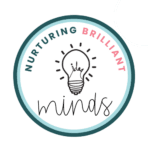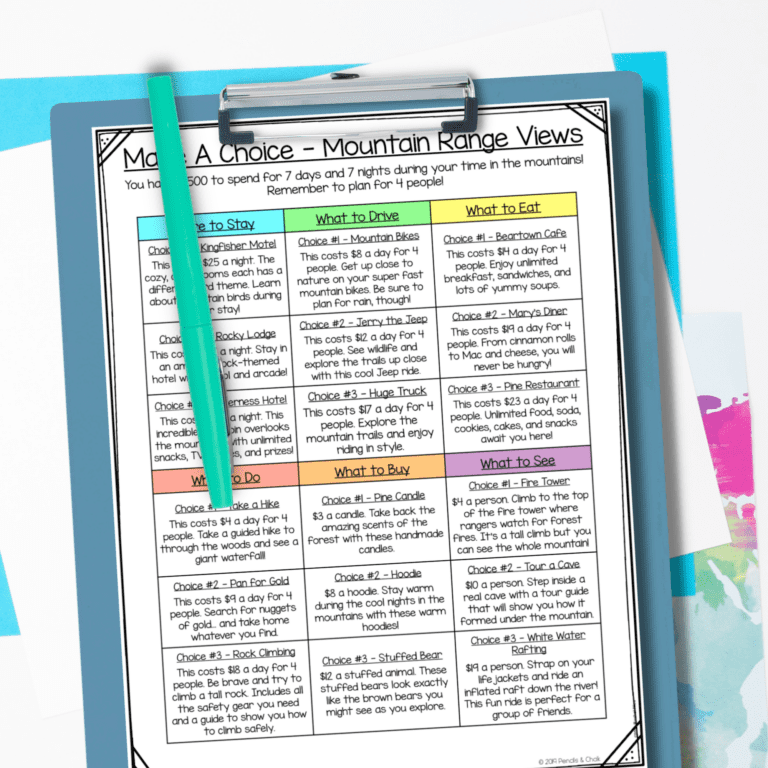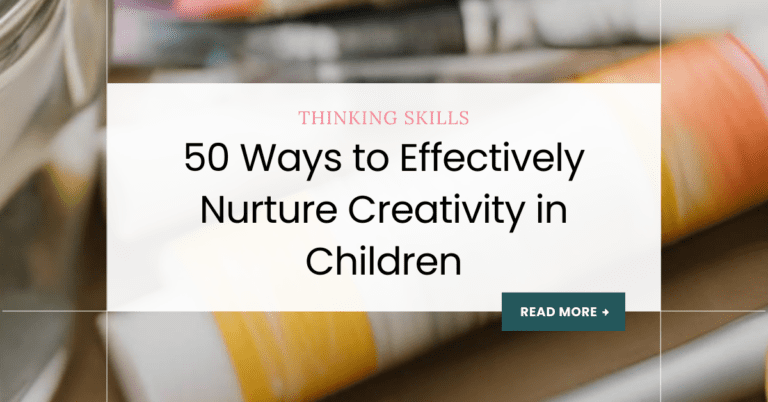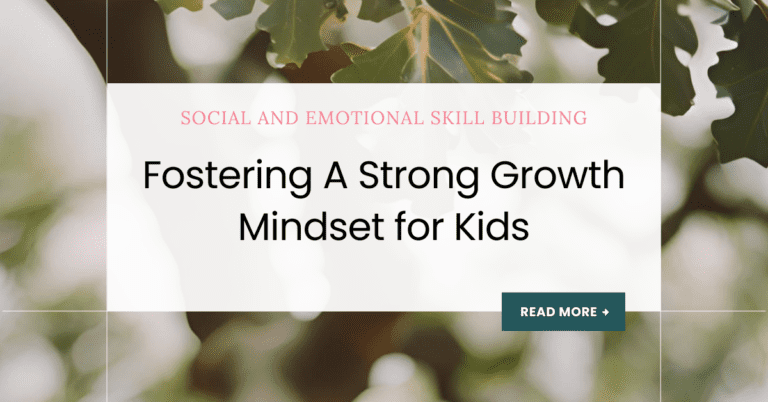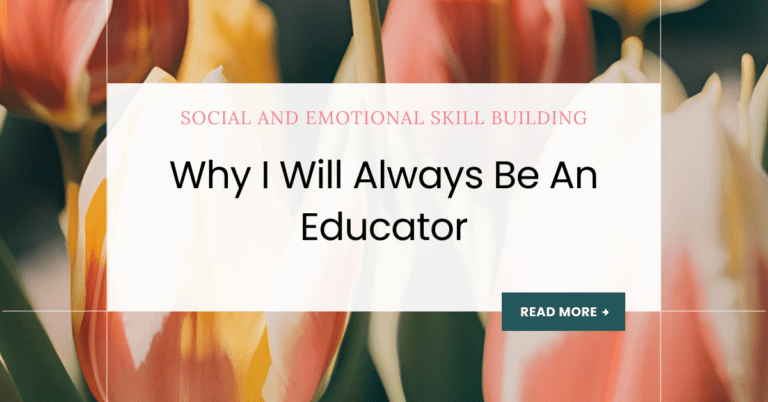Inclusion and diversity are subjects that can be daunting. Whether as adults, or when we think about how to introduce them to young children. As parents and teachers know by now, children’s filters between their brains and their mouths are very limited. (Or sometimes seemingly non-existent, haha!)
So talking about people that are different from us is an important conversation. Helping our children to understand differences in others, and more importantly, how to include others who are different from us, is an important life skill that we can begin discussing at an early age.
I’ve listed several resources below to help you when it comes to conversations about inclusion and diversity in your classroom or at home.
Books
Same, Same but Different by Jenny Sue Kostecki-Shaw – This story explores how two children, one living in America, another living in India have similar lives with some key cultural differences. This book is a great way to introduce children to Indian culture. It also reminds them, that no matter what people’s cultural backgrounds may be, we are all humans and have more in common than we may initially realize.
Peaceful Fights for Equal Rights by Rob Sanders – Protests are something that our children have more than likely seen a lot of over the past few years (whether in person, or on television.) Peaceful Fights for Equal rights does a wonderful job of explaining protests in kid-friendly language.
Be Kind by Pat Ziietlow Miller – If you’re looking for a great place to START with inclusion/diversity, this book is for you. It explores easy ways to be kind to everyone we encounter and is a great gateway to conversations about being kind in small actions everyday.
All Are Welcome by Alexandra Penfold – This book includes beautiful, color illustrations of several different family dynamics and cultures. When our children live in a very homogeneous world, sometimes even just exposing them to how different families or cultures MAY look is important.
The Day You Begin by Jacqueline Woodson – Personally, this is one of my favorites, mostly because it hits home. My own children have traveled quite extensively and their summers are full of fun activities. However, it is SO important to remember that a summer like that is not a reality for the majority of children. This book explores how a little girl feels when her other classmates are talking about their amazing summer vacations. While all she has to talk about, is taking care of her younger siblings. Teaching our children to be empathetic to others’ situations is an important lesson that it’s never too early to begin teaching.
Why Johnny Doesn’t Flap: NT is Okay! by Clay and Gail Morton – In case you are not familiar, NT stands for neurotypical. Meaning, a child who does not have learning differences. This is such a neat book, because it is written from the perspective of an autistic child.
Having Tough Conversations
Conversations about people who may look or act differently than what our children are used to seeing can be challenging. However, it’s so important to have those tough conversations.
I know there have been situations where friends are coming to our home, and their children have learning and/or social differences that may not be so obvious. It’s times like these that I like to have a conversation with my children about how a child may have behaviors that they are not used to. (Such as fixating on a topic of conversation or repeating themselves/stuttering.) Preparing our children for these possibilities helps them to not be caught off guard when these situations DO occur. I also try to give them some specific verbiage or actions they can implement during situations where they may feel uncomfortable or might be unsure how to handle a situation.
Sometimes a child or person may have a more visible difference such as a feeding tube, wheelchair, or insulin pump. Remember that it is natural for your children to stare and have questions about what they are seeing. Instead of telling your child ‘not to stare’ encourage them to say ‘hello’ to the person. Then have a conversation with them later about what they saw. Explain to your child why people may have physical differences. Be sure to address any questions they may have.
You may not have all of the answers, but that’s a perfect opportunity to dig into questions WITH your children. Sweeping questions under the rug or not addressing them, often does more harm than anything.
Videos
Often children respond well to videos. I’ve included a few, kid-friendly videos that discuss inclusion and diversity. Of course, be sure to preview the videos before showing them to ensure you are comfortable showing them. You should also anticipate any questions that may arise while your children are viewing the videos.
Ian – This is a ten minute video that has garnered international acclaim! It discusses playground inclusion and is a great video for children of all ages.
Diversity and Inclusion Animated Stories for Kids – This video is probably suited for children a SMIDGE older. (Upper elementary and above.)
At the end of the day, when and how to discuss inclusion and diversity with our children is a personal choice. It is something that we have to handle on a case by case basis.
Do you all have any great resources or tactics for introducing or discussing inclusion and diversity? If so, we would love to hear from you in the comments section below.
